in my company, I have a Java project:
- common: This contains classes that are used for several projects
- GUI: This project contains a GUI for common
Without Maven, I add common to the class path, I can build the project. But how to setup the POM.xml and the Eclipse workspace when I want to build the GUI with Maven?
I also want to package the app into a JAR later, so I tried to setup the gui as .jar package
But then how to assign a Maven type to the common project?
Ideally, I could import "common" to the Maven project?
UPDATE:
Ok, it seems the mvn package command is able to resolve the "common" project when I add as local dependency see this under GUI. Still a bit confused about whether to use "pom", "maven-plugin" or "module" - anyone can add some links/clarifications, when to use what approach?
under GUI. Still a bit confused about whether to use "pom", "maven-plugin" or "module" - anyone can add some links/clarifications, when to use what approach?
